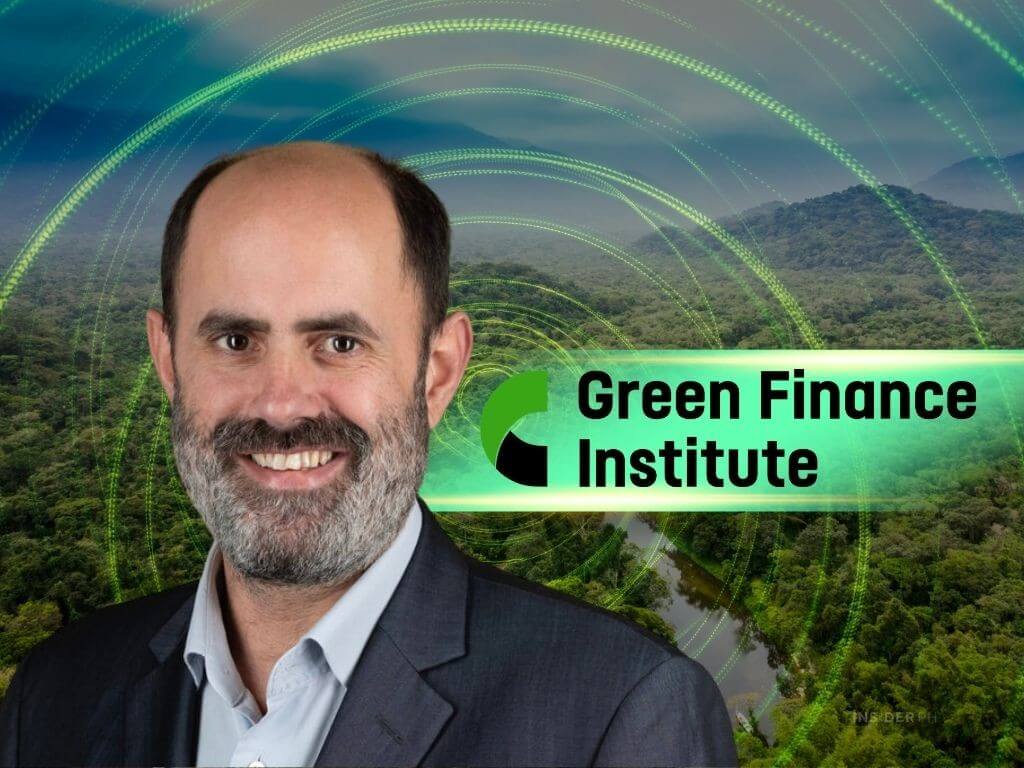

Insider Spotlight
Why it matters
The report, “Mobilizing Climate Finance into the Philippines,” identifies investment barriers and proposes financial tools to direct private funds into the country’s most underfinanced green sectors. With an estimated $72 billion needed to meet the Philippines’ climate targets, public financing covers just 2.7 percent, highlighting the critical role of private investment.
The big picture
While most green finance currently flows into renewable energy, transport and waste remain largely neglected. Only 22 percent of local banks finance zero-carbon transport and 28 percent support circular economy projects. The Climate Bonds Initiative flags these as “untapped” green investment areas ripe for innovation.
Zoom in: Sectors lagging behind
Transport generates 23 percent of greenhouse gas emissions from fuel use, with jeepneys alone contributing 15.5 percent of that total. Meanwhile, the waste sector accounts for 13 percent of emissions, losing up to $890 million annually from unrecovered plastic resources.
What they’re saying
“The Philippines presents a strong but underexplored opportunity for private investment in waste and transport—two critical sectors for meeting its climate goals,” James Hooton, managing director of International at Green Finance Institute, said in a press release on Oct. 22, 2025.
“By recognizing climate risks as catalysts for innovation, we can align financial flows with national development and decarbonisation goals,” added Lloyd Cameron, Economic and Climate Counsellor at the British Embassy Manila.
A DOF statement emphasized that understanding investment barriers is essential “to making our NDC ambitions bankable,” reaffirming the Green Force’s role in coordinating sustainable finance.
What’s next
The GFI will work with the Green Force to evolve it into a national investment platform, aimed at transforming policy recommendations into actionable financing models for low-carbon growth. —Vanessa Hidalgo | Ed: Corrie S. Narisma